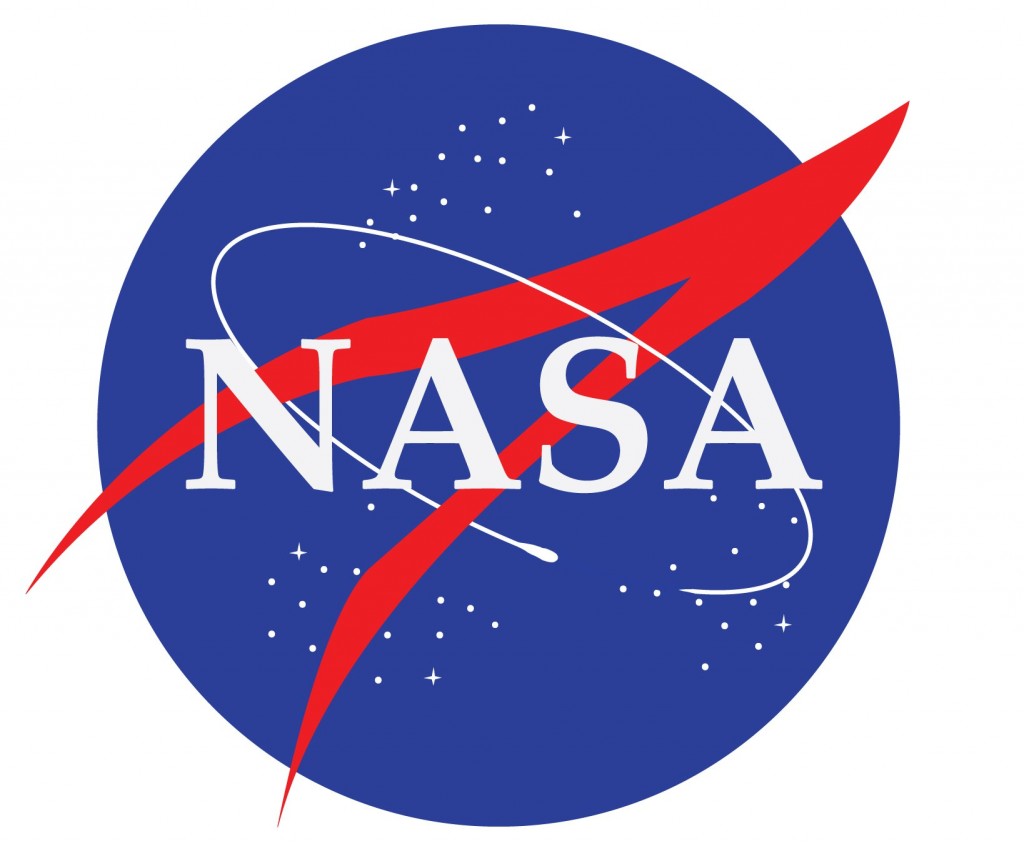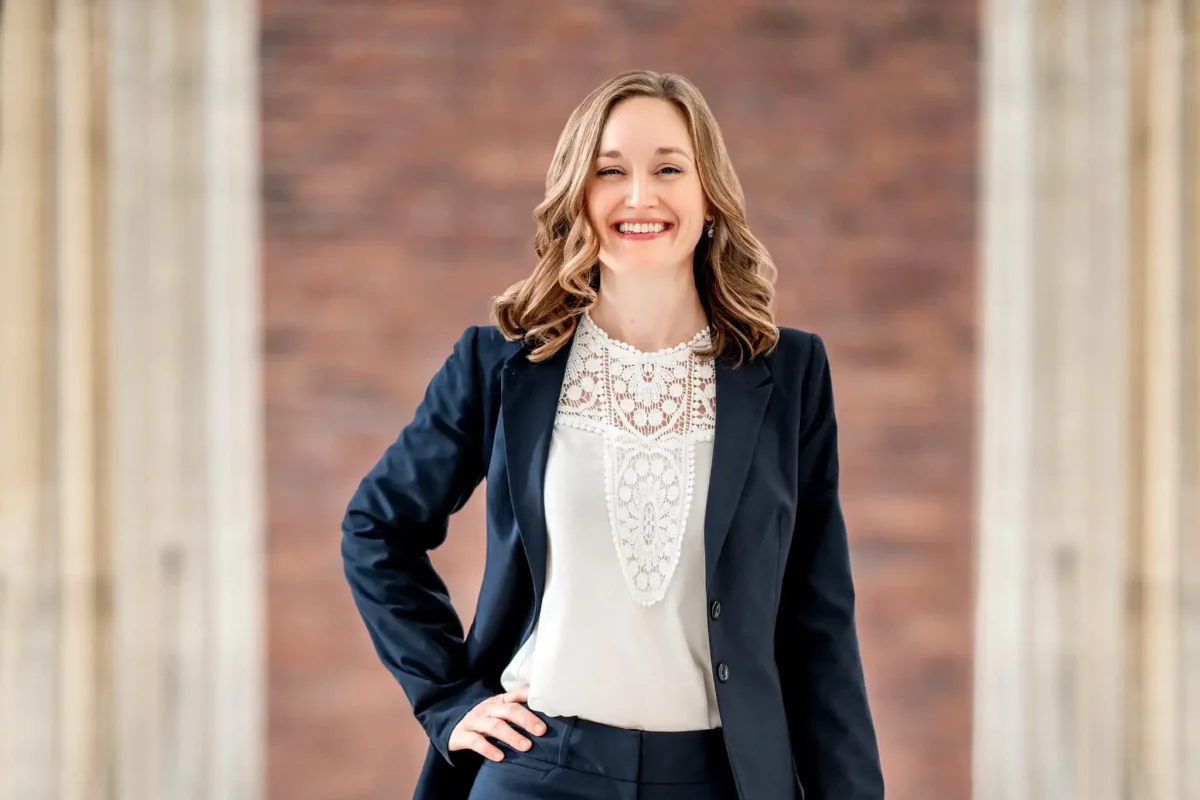Most people think of lab coats and chemical vials when they think chemistry, but a lecture given by a NASA materials engineer as part of the American Chemical Society series Thursday, challenged Gannon University students to think otherwise.
Christopher J. Wohl, Ph.D., a senior research engineer for NASA, was introduced by Michelle Saber, Ph.D., an assistant professor of the chemistry department. Wohl and Saber were friends in graduate school and reunited as Wohl talked about “Mitigating Adhesion of Aerospace Surfaces.”
Wohl is a researcher at the NASA research center in Langley, Va., and said he works on everything from building small molecules all the way to bringing large materials in for aircrafts. He said the goal is to develop, understand and employ surface knowledge for aerospace applications.
Wohl said the designs are often inspired by nature.
“Nature is amazing at what it does,” Wohl said. “If you had to build a DNA molecule yourself, you’d need way more than a Ph.D.”
He said the researchers use interactions between natural molecules and water and oil to develop materials that are superhydrophobic, or extremely averse to water, and oleophobic, or averse to oil.
The interaction properties are determined by studying bond angles on the surface with water or oil.
“We do a lot with surfaces and interfaces, which is nice because everything has a surface — unless you’re studying in a vacuum,” Wohl said.
Wohl said one of his first jobs at NASA was finding a material that would repel lunar dust. Unlike regular dust, lunar dust is electrically charged, abrasive and jagged in shape. It can cause a lot of damage to spacecraft, and in a short period of time.
“There’s not a lot of molecules up there,” Wohl said. “It’s like a vacuum.”
Wohl said the materials used to coat spacecraft for protection against lunar dust were chosen for low moisture uptake and thermal stability. Of all the theories used to develop the material, Wohl said the researchers chose Van der Waals forces.
“You’re stuck with those from day one of the universe till the end,” Wohl said. Van der Waals forces are the electric forces that attract neutrally charged atoms to each other.
While Wohl and his colleagues were able to physically test their material for adhesion of lunar dust, he said it wasn’t important until they could prove they were changing the surface properties of the coating.
“That’s what I think is going on, but nobody really cares about that until I can prove it,” said Wohl.
The other research Wohl talked about was developing a repelling coating for another type of aircraft — commercial airplanes.
In effort to increase the use of laminar flow for future planes, Wohl is working at NASA to develop a coating that bugs will not stick to during takeoff and landing. Wohl said if bugs are picked up on the surface of the plane, they will screw up the entire flight.
“It’s critical and can affect the entire course of flight profile,” Wohl said.
Previous proposals involved paper coatings and washing the plane between flights, but Wohl said NASA is looking at epoxy coatings as bug-proof materials.
Epoxies are polymers, like plastics, that can’t be pulled apart easily because they are arranged in a cross-linked system. Wohl said the researchers tested the coating by literally shooting fruit flies at it and testing adhesion of bug remains in a wind tunnel. Wohl said the fruit flies were reported as being delivered by a fancy device, but it’s much less complicated than it sounds.
“It’s a bug gun,” Wohl joked.
Later, the researchers were able to apply a panel of the epoxy coating along with an aluminum control to a real aircraft and test it on a larger scale. Wohl said they are still analyzing the data from that study.
Katie Kapp, a junior chemistry major, said she attended the lecture for a class but enjoyed the fruit fly study.
“I don’t know if I pulled anything concrete from it, but I thought it was interesting,” Kapp said.
“It also taught me about different opportunities for careers and internships, but I don’t know if it’s what I want to do with my degree.”
Wohl closed the talk by encouraging students to apply to NASA’s intern or fellowship programs at nasa.gov. Students were also invited to talk with him one-on-one at a free pizza lunch given by the chemistry department Friday.
KELSEY GHERING
[email protected]








